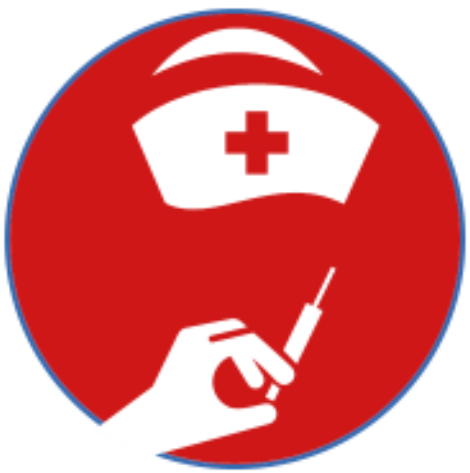Assignment Details
Ambulatory care encompasses a diverse and growing sector of the healthcare delivery system. Physician services are the chief component. Hospital outpatient and emergency departments, community health centers, departments of health, and voluntary agencies also contribute important services, however, particularly for underserved and vulnerable populations.
Today, patients have many options for how and where they spend their money. That includes selecting a healthcare provider. Hospitals seek to achieve the Malcom Baldridge National Quality Award to excel in improving quality patient care and to be more competitive in health care. St. David’s Healthcare reviewed their operations and knew it was critical for the organization to continually improve. St. David’s healthcare adopted Baldridge criteria.
Assume you are hired as the Chief Operating Officer (COO) and one of your first tasks was to conduct a SWOT Analysis of the HIT system at We Care Hospital. Review your SWOT. You have now been working at the healthcare facility for several months. The Chief Executive Officer (CEO) would like to become more competitive in the healthcare market and to show their patients they are one of the top-rated hospitals. The CEO asks you to review the Malcom Baldrige requirements to help improve Emergency Room waiting times. Your research found a trend analysis at St. David’s Healthcare facility that earned them the Malcolm Baldridge Award. According to ASQ Knowledge Center, in 2008, wait times were over 45 minutes and steadily declined to just over 15 minutes in 2014.
Write a three to four (4-5) page paper in which you:
Research peer-reviewed journal articles on how to achieve clinical quality in Ambulatory Care and identify best practices.
Analyze triage status of Emergency Department Visits in the United States. (Hint: See Figure 5-3 in the textbook).
Provide a recommendation to the CEO on whether We Care Hospital operations can potentially meet the Malcolm Baldridge award criteria. Why or why not; justify your response.
Use at least three (3) recent (within the last five [5] years) quality academic resources in this assignment.
The specific course learning outcomes associated with this assignment are:
Assess how changes in the economic and commercial environments have affected the health sector.
Analyze the relationships between health care cost and health care quality.
Apply decision-making models to address difficult management situations.
ADDITIONAL TXT BOOK INFORMATION (FIGURE 5-3)
Hospital Emergency Services
In 2011, U.S. hospitals operated 4,461 hospital emergency departments (EDs), 189 fewer than in 2000.54 However, during the same period, annual emergency department visits increased 26.2 percent, from 108 million to 136.3 million.55 The increase in ED visits is attributed to overall population growth, increase in illness-related diagnoses, and lack of private health insurance. The uninsured and Medicaid patients demonstrated the greatest increase in rates of ED use as compared with privately insured patients.56
According to the 2011 National Ambulatory Medical Care Survey, 15.7 percent of patients arrived at the ED via ambulance and 16.2 million ED visits, or 11.9 percent, resulted in hospitalization.57,58 In 2011, more than five times as many individuals who visited the ED were discharged as were admitted to the same hospital.59 Infants under 1 year of age and adults aged 85 years and older had the highest rates of ED visits. The older adults were far more likely to be admitted to the same hospital in which they visited the ED.59
Of expected sources of payment for ED visits in 2011, private insurance accounted for 34.9 percent, Medicaid or Children’s Health Insurance Program for 31.8 percent, and Medicare for 18.4 percent. Uninsured patients accounted for 16 percent. (This combined total exceeds 100 percent because more than one source of payment may be reported per visit.60) EDs are the primary portal of entry for hospital admission for uninsured and publicly insured patients.59
ANSWER:
Emergency departments are considered the primary point of entry into a hospital – for a patient – regardless of whether they will be admitted or not. Ambulatory care is, therefore, crucial in the healthcare industry. It entails the form of care offered on an outpatient basis. Ambulatory care entails consultation, observation, diagnosis, treatment, intervention, and rehabilitation services. The care is offered in hospital outpatient departments, ambulatory surgical units, the office of physicians, and dialysis clinics, among others. Importantly, patients who come to ambulatory care centers are either released to recuperate at home or admitted to receiving inpatient services. Importantly, the quality of ambulatory care will determine the recovery rate. Clinical quality is, therefore, central to ambulatory care and should remain a target for every emergency department.
Achieving Clinical Quality in Ambulatory Care
Clinical quality in ambulatory care will mean that patients visiting emergency departments will achieve the treatment goals that they desire. According to Henriksen, Battles, Keyes, & Grady (2008), quality issues in ambulatory … To continue reading, click on the button below.
